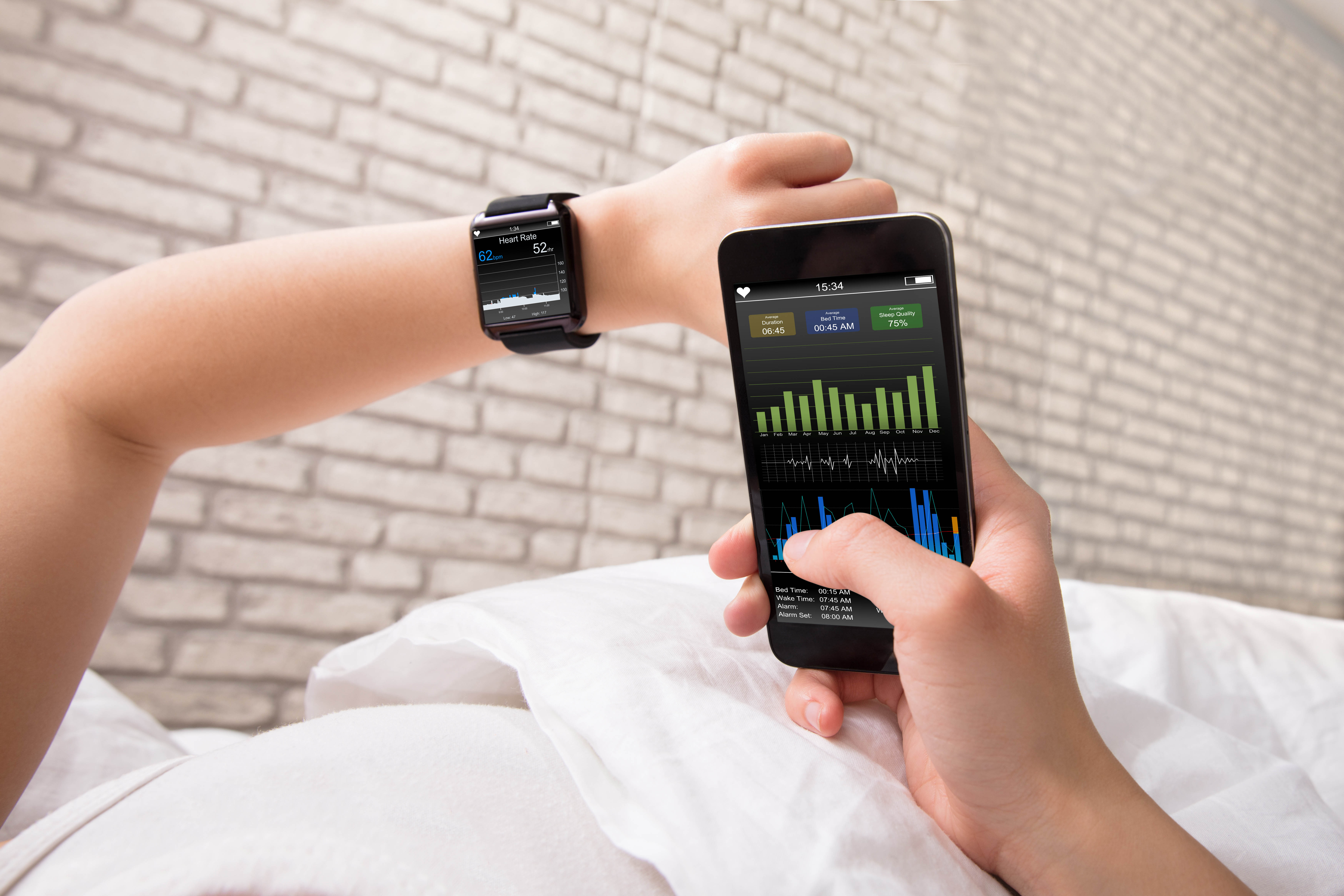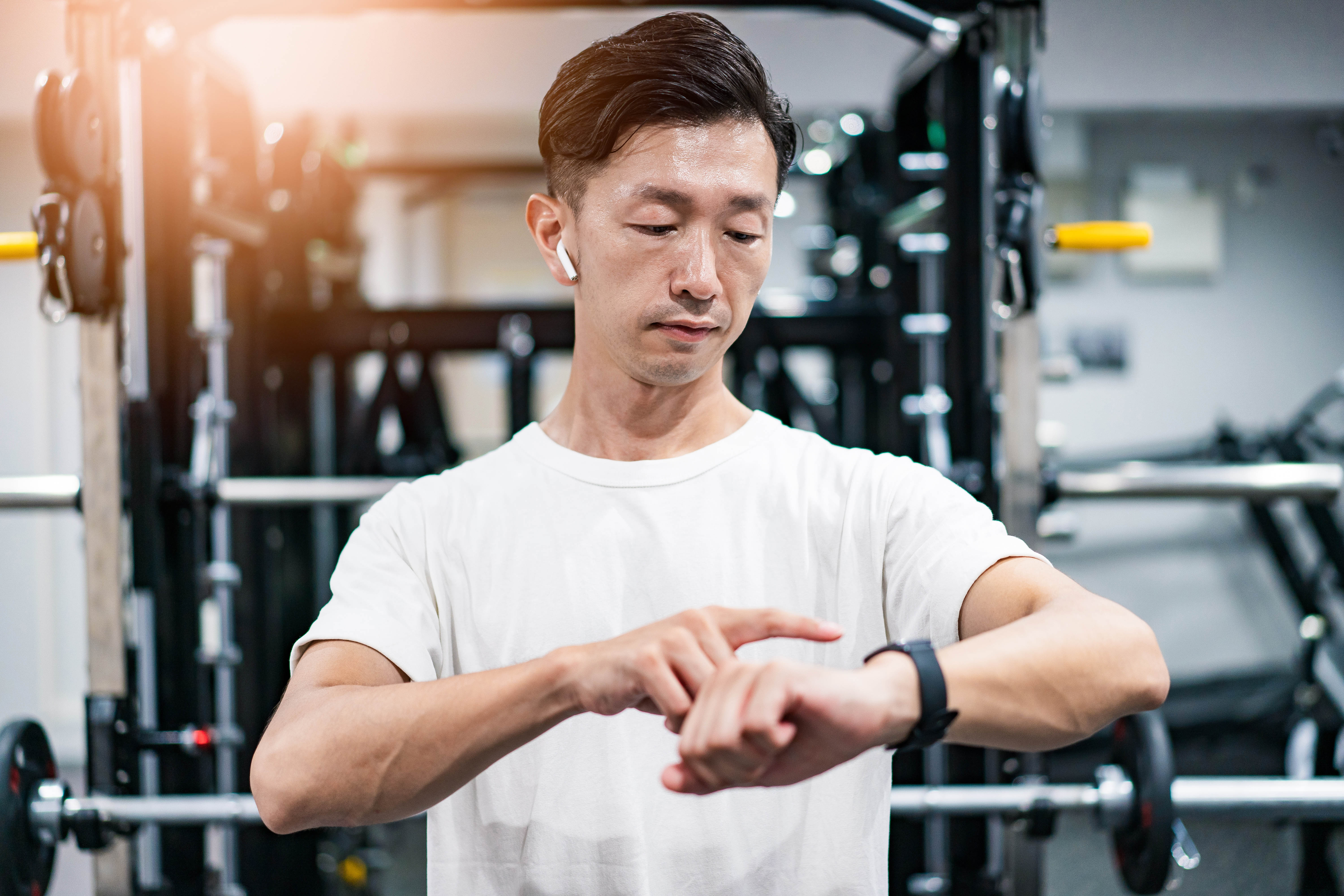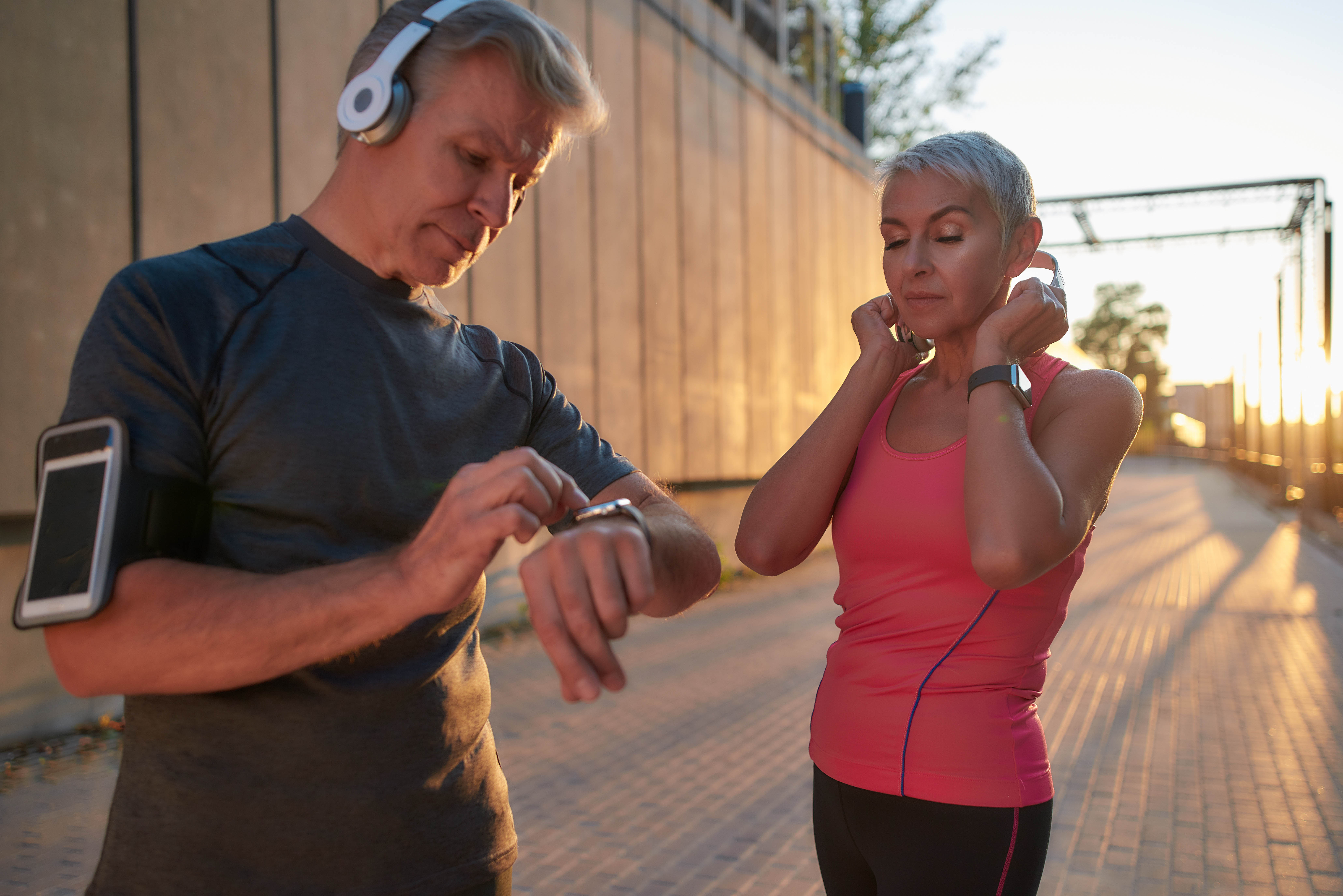Your smart watch isn't always so smart
Living Well

Written by: Meg Sharp, Fitness & Wellbeing Consultant, Cambridge Group of Clubs
I love smart watches. From my first Garmin to my current Apple Watch, I often find the tracking and data push me – inspire me? – to do just a little bit more. Run one extra kilometer, lift 7 minutes more, go just a wee bit faster on my bike.
More than just tracking behaviour, smart watches can be aspirational.
Sometimes.
The soul who only smells the roses misses the tiger in the grass and is eventually devoured. Our survival depends on us having a robust negativity bias. And so, faced with reams of feedback and data from a smart watch, it’s only natural that our perspective and subsequent behaviour might not always be so positive.
We thought we’d share some real life examples of both positive and negative ways of using data and tracking to help you ensure your use and mindset is more firmly placed in the former.
Slippery Sleeping:

Upside: You notice you enjoy significantly more minutes of deep and REM sleep on the nights when you’ve abstained from drinking alcohol. This motivates you to avoid alcoholic beverages during the week. Especially nights before important events.
Downside: You note that your deep and REM sleep are not each averaging 25% which is supposedly the “right” amount?!! Whatever the data shows – you need to know all trackers are not completely accurate. They overestimate and underestimate different phases and amounts, so please take that into account. Also, every body is different: People need and thrive on different amounts of overall sleep as well as relative amounts in different phases. Worrying about your sleep ironically leads to poorer quality sleep. Take two people who have experienced the same night’s sleep: Tell one they slept horribly, and the other that they slept well. Who feels better throughout the day? The person who was told they slept well – irrespective of how they actually slept!
Take home: Examine sleep data with a grain of Epson salt. Pay attention to how you feel and let that be a more valuable piece of feedback. Follow good sleep hygiene practices. If you are concerned about your sleep patterns, please consult with your doctor.
Further, Faster, Higher:
Upside: You’re trying to accumulate more minutes of Zone 2 training into your weekly workouts. Your smart watch not only helps you calibrate the intensity, it motivates you to complete a full 40 minutes on your weekend workout.

Downside: You’ve determined you want your running pace to be 9 seconds faster per kilometer. You’re so fixated on holding pace you ignore the hamstring pain that plagues the second half of your run. By the end, you’ve injured your muscles and have to take 2 weeks off.
Take home: Exercise provides amazing acute benefits – that single workout high! Nothing beats what regular exercise – of all types and intensities – does for our health span. Regular exercise – ideally daily – will set you up for decades of incredible physical resilience and vitality. So, while it’s important to push sometimes, avoiding injury is more important than constantly hitting PBs.

For the love of it:
Upside: You and a friend have both committed to completing a specific workout 3 times a week. You use your smart watch to feel a sense of accomplishment every time you finish said workout, and – more importantly – share the data with your friend instilling some healthy competition and sense of community.
Downside: You’ve become so enthralled with watching and tracking the data that you stop enjoying the activity itself. You don’t stop when you reach the water’s edge to see the horizon. You used to admire how beautiful it was – but heck, you’ve got a pace goal to hold. You used to enjoy how strong your legs felt during the last few laps, as well as the feeling of the wind on your face. But now you’re simply pounding, focused on the pace numbers, ensuring you keep “up” with some other self or self selected stat you determined was “right”.

Take home: The most powerful benefit of exercise is how it makes us feel. The person who is having fun, enjoying their exercise is the one who will exercise forever. Be careful if your workouts start feeling like a chore. Pay attention to your body – it may need a rest day, or need you to slow down. Use your smart watch to the extent that it is inspiring you to move. That it pushes and motivates you in a positive sense. I can’t tell you what this looks like – as we’re all so different. At the very least – try to look at your watch a little less. Among other things, your neck will thank you for it!

1054